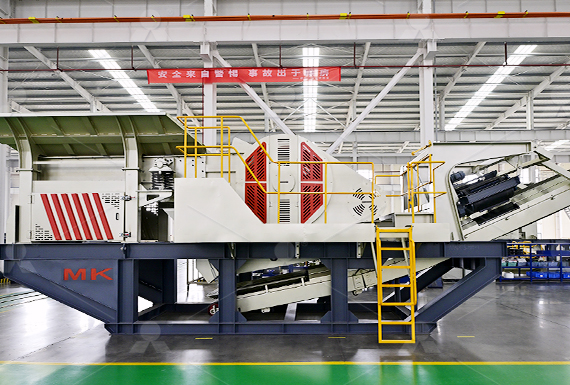As the global demand for construction aggregates and mined materials continues to expand, crusher technology is undergoing a major transformation in 2025. Among the most notable innovations is the rise of modular crushing stations — compact, flexible, and high-efficiency solutions designed to simplify installation, reduce costs, and adapt to multiple production needs.
These systems are rapidly replacing traditional fixed plants and complementing mobile crushers in mining, quarrying, and infrastructure projects worldwide.
What Are Modular Crushing Stations?
A modular crushing station is a pre-engineered system composed of interchangeable modules—such as feeders, crushers, screens, and conveyors—that can be rapidly assembled on-site. Unlike traditional setups that require extensive civil works, modular systems are designed for plug-and-play installation.
Key components typically include:
-
Primary crushing module – often equipped with jaw or gyratory crushers.
-
Secondary & tertiary modules – featuring cone or impact crushers.
-
Screening and conveying units – integrated for closed-circuit operation.
-
Control and automation modules – for digital monitoring and process optimization.

Market Trends in 2025
a. Increased Demand for Flexibility
Mining and aggregate companies increasingly favor semi-mobile and modular designs that can be relocated as deposits deplete. This reduces capital risk and supports sustainable resource utilization.
b. Technological Integration
Modern modular stations now feature AI-driven control systems, IoT connectivity, and real-time diagnostics. Remote monitoring and predictive maintenance improve uptime and lower operational costs.
c. Focus on Sustainability
Manufacturers are emphasizing energy-efficient electric drives, dust suppression systems, and low-noise designs. Some units now incorporate solar-assisted power for off-grid operation.
d. Capacity Range Expansion
2025 models cover a wide capacity range—from 100 TPH (tons per hour) for compact quarry projects to 1000+ TPH for large-scale mining operations. Modular systems can be expanded or downsized easily by adding or removing modules.
Advantages of Modular Crushing Stations
-
Quick setup and relocation – Reduces construction time by up to 70%.
-
Lower capital investment – Avoids costly foundations and permanent infrastructure.
-
Customizable configurations – Adaptable for different ore types and project phases.
-
Reduced downtime – Modules can be replaced or upgraded individually.
-
Digital control and automation – Enhances safety and efficiency.
Challenges and Future Outlook
Despite their benefits, modular systems face challenges such as:
-
Higher initial cost compared to simple mobile crushers.
-
Complex logistics for transporting multiple modules to remote sites.
-
Need for skilled operators familiar with digital systems.
However, the future looks promising. By 2030, modular crushing stations are projected to account for over 40% of new crushing plant installations, especially in Africa, Latin America, and Southeast Asia. The combination of mobility, automation, and sustainability positions modular stations as a cornerstone of next-generation mineral processing.
Conclusion
In 2025, modular crushing stations are redefining the standards of productivity and adaptability in the crushing industry. Their rapid assembly, smart control systems, and sustainable operation make them ideal for modern mining and aggregate production. As more industries shift toward modularity and automation, these systems will continue to dominate future crusher product lines—bridging efficiency, flexibility, and environmental responsibility.
